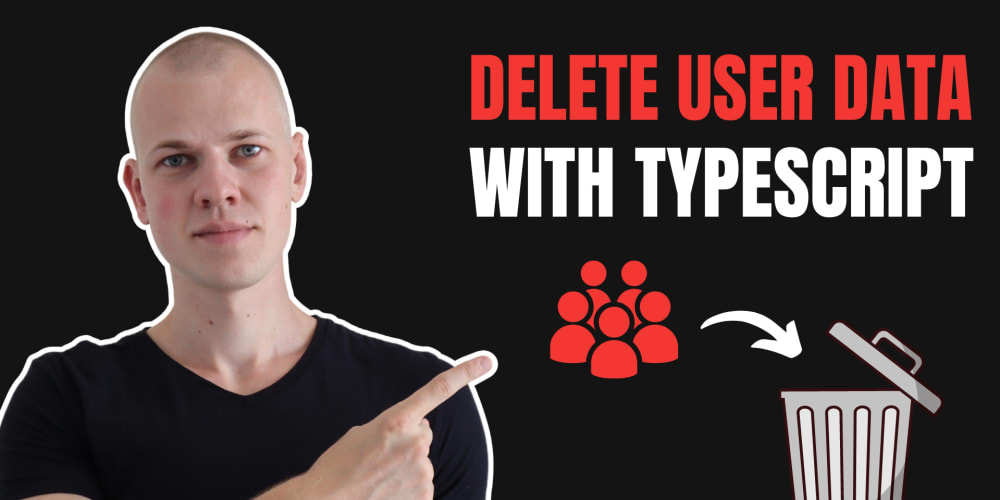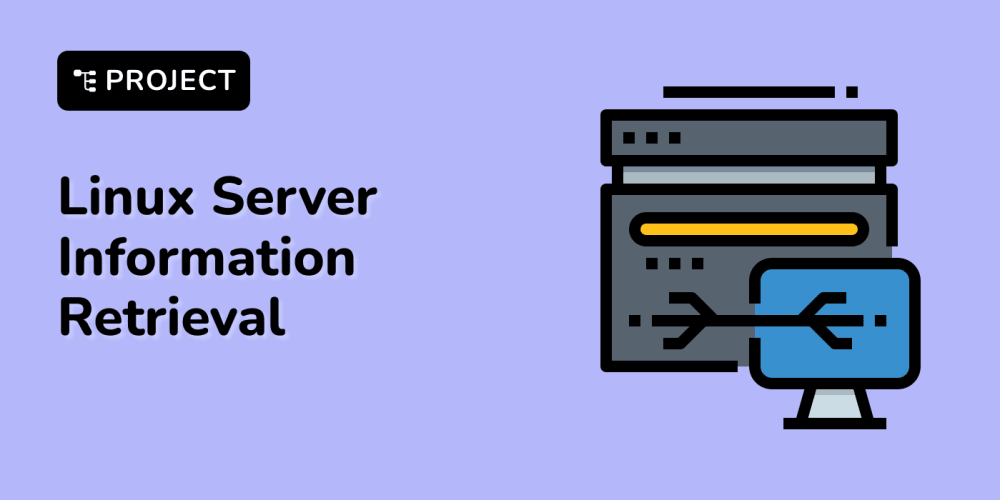<!DOCTYPE html>
Why PHP 8 Boasts High Performance
<br> body {<br> font-family: Arial, sans-serif;<br> line-height: 1.6;<br> margin: 0;<br> padding: 0;<br> }</p> <div class="highlight"><pre class="highlight plaintext"><code> h1, h2, h3 { color: #333; } code { background-color: #eee; padding: 2px 5px; font-family: monospace; } img { max-width: 100%; height: auto; } </code></pre></div> <p>
Why PHP 8 Boasts High Performance
PHP, a widely-used server-side scripting language, has consistently evolved to meet the ever-growing demands of web applications. PHP 8, the latest major release, brings a significant performance boost, making it a compelling choice for building dynamic and scalable web applications. This article delves into the key features and optimizations responsible for PHP 8's impressive performance gains.
Introduction to PHP 8's Performance Enhancements
PHP 8 builds upon the foundation laid by previous versions, introducing a set of innovative features and optimizations that collectively contribute to its enhanced performance. These enhancements aim to reduce execution time, improve memory usage, and ultimately enhance the responsiveness and efficiency of PHP applications.
Key Performance Boosting Features
- Just-In-Time (JIT) Compilation
One of the most significant performance advancements in PHP 8 is the introduction of Just-In-Time (JIT) compilation. This feature, initially available as an experimental option in PHP 7.4, became a standard in PHP 8. JIT compilation dynamically translates bytecode (PHP's intermediate representation) into machine code during runtime, enabling faster execution.
While traditional interpreters execute PHP code line by line, JIT compilation offers a substantial performance gain by directly executing machine code, eliminating the overhead associated with interpretation. The impact of JIT compilation can be particularly pronounced in CPU-bound applications that involve complex computations.
Named arguments in PHP 8 allow developers to explicitly specify argument names when calling functions. This feature significantly enhances code readability and maintainability, especially when dealing with functions that take numerous parameters.
Example:
function greet(string $name, string $message = "Hello"): string
{
return "$message, $name!";
}
// Calling the function using named arguments
$greeting = greet(message: "Good morning", name: "John");
echo $greeting; // Output: "Good morning, John!"
This feature indirectly improves performance by reducing code complexity, allowing developers to write more concise and less error-prone code.
- Union Types
Union types allow a function or variable to accept multiple types of values. This feature simplifies type checking and helps enforce type safety.
Example:
function processData(int|float $data): string
{
if (is_int($data)) {
return "Integer value: $data";
} else {
return "Float value: $data";
}
}
echo processData(10); // Output: Integer value: 10
echo processData(3.14); // Output: Float value: 3.14
Union types can improve performance by enabling the PHP engine to perform type checks more efficiently, leading to faster execution and fewer runtime errors.
- Nullsafe Operator
The nullsafe operator (
?->
) provides a concise way to access properties or methods of an object while safely handling null values.
Example:
class User {
public $address;
}
$user = new User();
// Without nullsafe operator
if ($user && $user->address) {
echo $user->address->street;
}
// With nullsafe operator
echo $user?->address?->street;
The nullsafe operator reduces code verbosity and improves performance by avoiding unnecessary checks for null values.
- Attributes
Attributes in PHP 8 allow developers to associate metadata with classes, methods, and properties. Attributes are a more structured way of adding annotations to code, replacing traditional docblocks.
Example:
#[Route("/users")]
class UserController {
#[Get("/list")]
public function listUsers() {
// Code to list users
}
}
Attributes enhance code readability and maintainability, making it easier to understand the purpose and behavior of code components.
- Improved Internal Optimizations
Apart from these prominent features, PHP 8 incorporates numerous internal optimizations that contribute to overall performance enhancements. These optimizations include:
- Improved String Manipulation: PHP 8 introduces optimizations for string operations, resulting in faster string processing.
- Faster Array Operations: Performance improvements for array operations, such as searching and sorting, further enhance application speed.
- Memory Optimization: Internal memory management improvements reduce memory consumption and improve application efficiency.
How to Measure Performance Improvements
To assess the performance gains achieved by PHP 8, consider using tools like:
- PHPBench: A powerful benchmarking tool for measuring code performance in different scenarios.
- Xdebug: A debugging tool that can profile code execution, providing insights into performance bottlenecks.
Conclusion
PHP 8 represents a significant leap forward in performance, thanks to the implementation of powerful features like JIT compilation, named arguments, and union types. These enhancements combined with internal optimizations contribute to a faster and more efficient PHP runtime. By adopting PHP 8 and leveraging its performance enhancements, developers can create high-performance web applications that deliver a seamless and responsive user experience.
Best Practices for Optimizing PHP 8 Applications
In addition to the built-in performance improvements in PHP 8, developers can further optimize their applications by following these best practices:
- Caching: Utilize caching mechanisms, such as opcode caching, to reduce repetitive computations and improve response times.
- Database Optimization: Optimize database queries and schema design to minimize database access time.
- Profiling and Benchmarking: Regularly profile and benchmark application code to identify performance bottlenecks and areas for improvement.
- Code Optimization: Apply code optimization techniques, such as minimizing unnecessary loops and function calls, to improve code efficiency.
- Asynchronous Operations: Use asynchronous operations, such as background processes or event loops, to handle long-running tasks without blocking the main application thread.
- Content Delivery Network (CDN): Employ a CDN to distribute static content, such as images and CSS files, closer to users, reducing latency.
By embracing PHP 8's performance features and following these best practices, developers can build highly efficient and scalable web applications that meet the demands of today's dynamic web landscape.



















